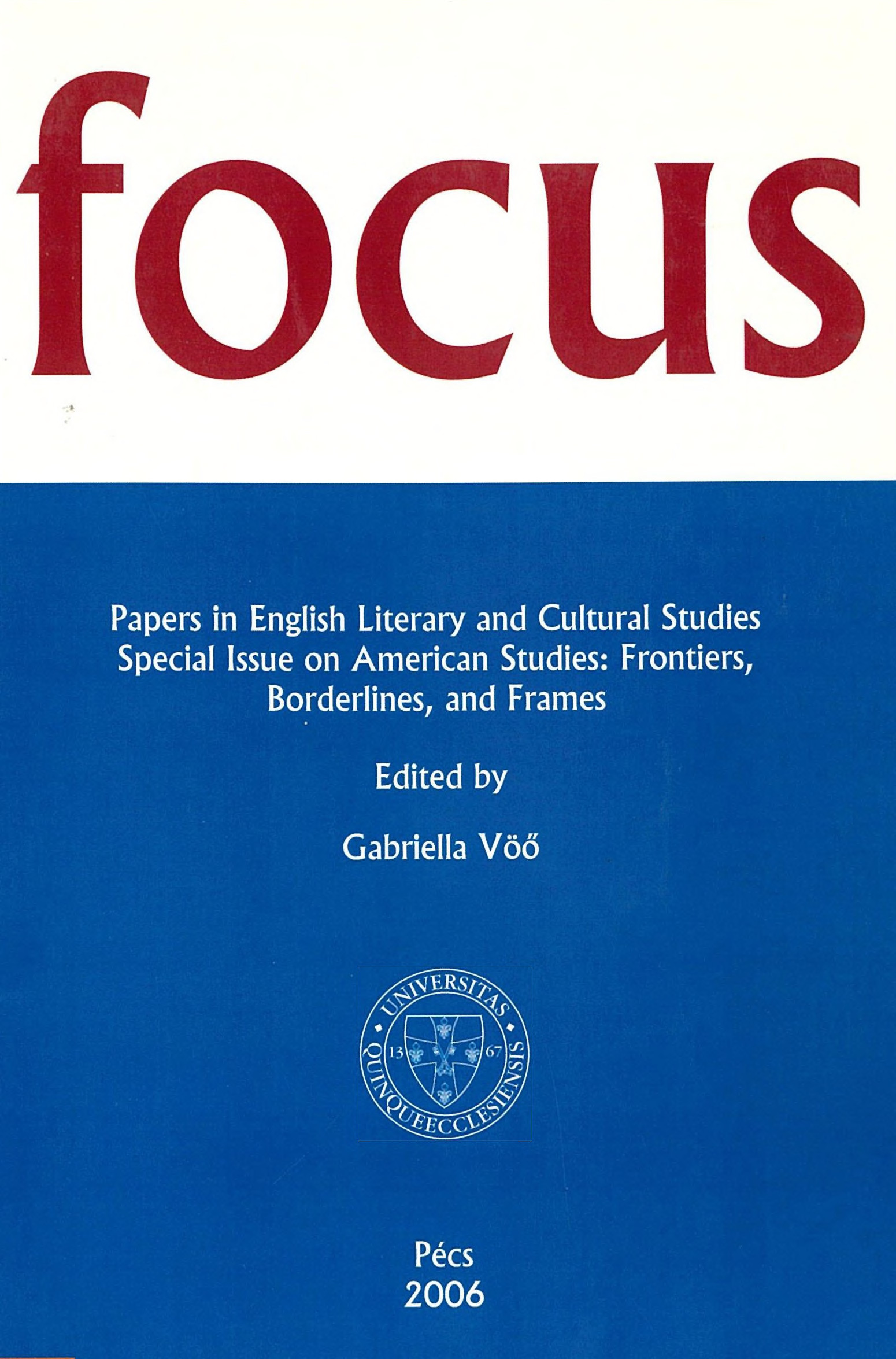Racial Others to Cultural Brethren: Thomas Jefferson’s Indians and the Politics of Sympathy
Abstract
Monticello, once home of Thomas Jefferson, houses a collection of portraits of notable Native American chieftains as well as relics from their past collected by the expedition of Merriwether Lewis and William Clark in 1804-5. The massive presence of these cultural artifacts in the private sphere of the third president of the United States, writer of the Declaration of Independence indicates a peculiar interest in the culture of a people that he and many of his contemporaries thought to be on the brink of extinction. Perhaps nothing captures such a state of mind better than Jefferson’s reproduction of the last speech of Native American (Mingo) chief Logan in his Notes on the State o f Virginia (written in 1781, published in 1785). Mourning over his closest relatives massacred by whites, Logan makes testimony to his courage swearing to defy his enemies, on the one hand, as well as to his willingness to suffer a violent death, on the other. The last of his kin, bereft of his loved ones, he has nobody and nothing to lose: “There runs not a drop of my blood in the veins of any living creature,” Logan says reported by Jefferson. “This called on me for revenge. I have sought it; I have killed many: I have fully glutted my vengeance. For my country, I rejoice at the beams of peace. But do not harbour a thought that mine is the joy of fear. Logan never felt fear. He will not turn on his heel to save his life. Who is there to mourn for Logan?—Not one” (Jefferson, Portable 100).
Downloads
Published
How to Cite
Issue
Section
License

This work is licensed under a Creative Commons Attribution-NonCommercial-NoDerivatives 4.0 International License.
FOCUS: Papers in English Literary and Cultural Studies follows the principles laid down by Creative Commons, which provides guarantees for the Author’s copyright while also ensuring that intellectual properties are made available for the wider public in a digital form. All papers submitted to the journal apply the following licence conditions (indicated on the journal’s website as well as in individual publications):
“© This work is licensed under a Creative Commons Attribution-NonCommercial-NoDerivatives 4.0 International License.”
You are free to:
- Share, copy and redistribute the material included in the journal in any medium or format under the following terms:
- Attribution — You must give appropriate credit to the Author, and indicate the original place of publication [FOCUS: Papers in English Literary and Cultural Studies, Issue nr., page numbers.].
- NonCommercial — You may not use the material for commercial purposes.
- NoDerivatives — You are not allowed to remix, transform, or build upon the material.
- The above conditions must always be indicated if the journal material is distributed in any form.
- The above conditions must always be met, unless a written permission signed by the Author and the Editor-in-Chief states otherwise.

